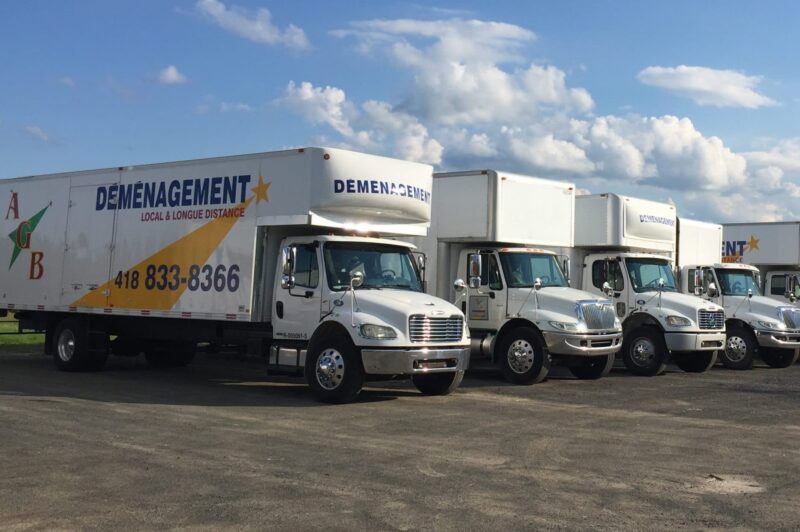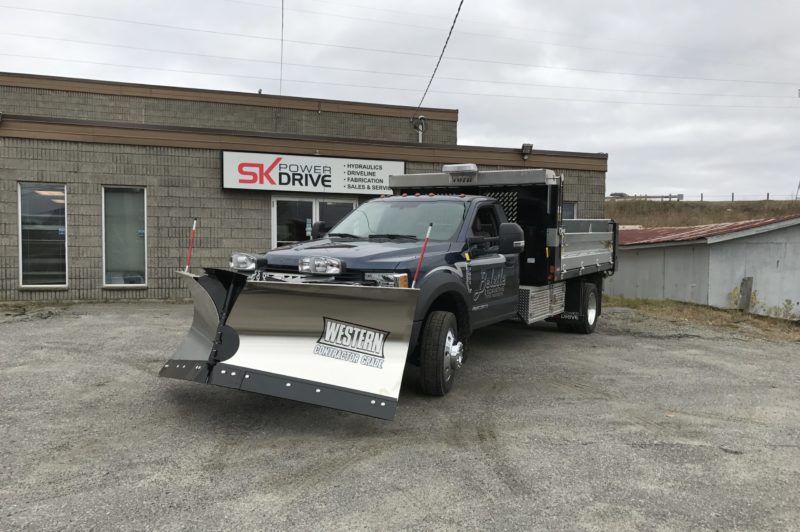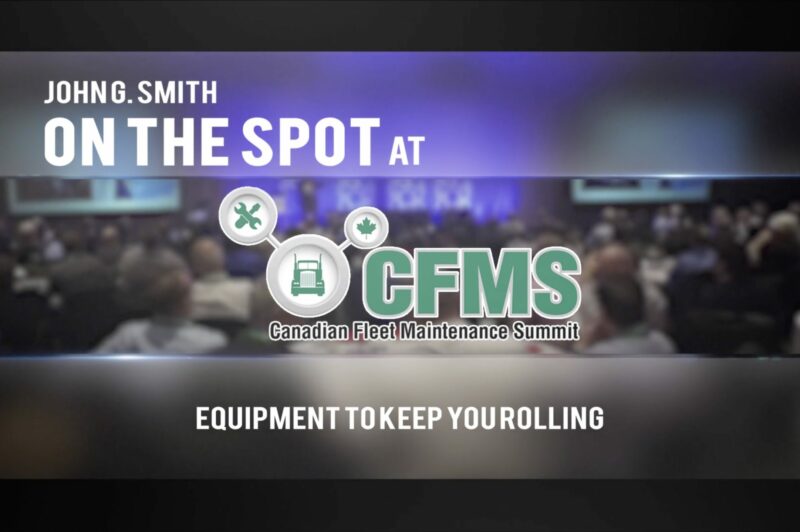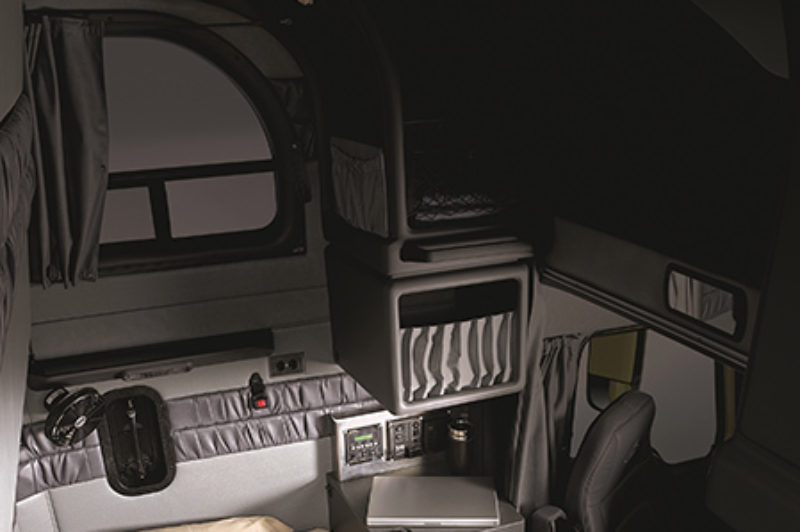
spec’ing



Duty Calls: Bodies and equipment key to medium-duty spec’s
TORONTO, Ont. -- There's no such thing as one-size-fits-all in the medium-duty truck domain. You can install a body of any description on just about any chassis, provided it is compatible and engineered for the purpose. Users of the equipment range from landscapers with dump boxes to mobile heavy-duty service technicians with service bodies, and tow truck operators with the flatbeds or cradle snatcher bodies, or utility companies with cranes and booms. We probably missed a few hundred applications in there, too. It's a busy sector.

Video: Find the right spec’ing balance
MISSISSAUGA, Ont. -- One of the biggest challenges for any fleet manager is a spec'ing decision, looking to strike the balance between initial purchase prices and performance. Maintenance leaders from Challenger Motor Freight, Bison Transport, and Titanium Transport shared their approaches with peers at the Canadian Fleet Maintenance Summit.
All Together Now: Manufacturers have growing say in vehicle spec’s
It is impossible to talk about engine oils without tapping into the benefits that have emerged with new CK4 and fuel-efficient FA4 formulas. The story was no different when Total invited members of our editorial team to visit a blending facility in Montreal, where the world's fourth-largest oil company prepares and bottles lubricants for a wide variety of industries and applications.
IN PRINT — Tanks a Lot: Leave some tanker spec’ing to experts
TORONTO, ON -- There used to be good money in the liquid bulk business. The required equipment is so specialized that it presented somewhat of a barrier to entry into the market. That's still the case, but there are more players in the game now, and competition is keeping rates at near-1980s levels. Fleets, both private and for-hire, are now trying to make up for the low rates by optimizing their trailer spec's to increase utilization and carrying capacity.

IN PRINT — Creature Comforts: Sleeper options not limited to size alone
The choice of one sleeper over the next inevitably comes down to a tape measure, and for good reason. This is clearly a spec'ing choice where size matters. Regional bulk haulers, looking for every possible way to shed weight, might opt for a 40- or 52-inch area behind the seats if drivers spend only a night or two on the road. But that would be downright claustrophobic for team drivers who live long-hauling lives.